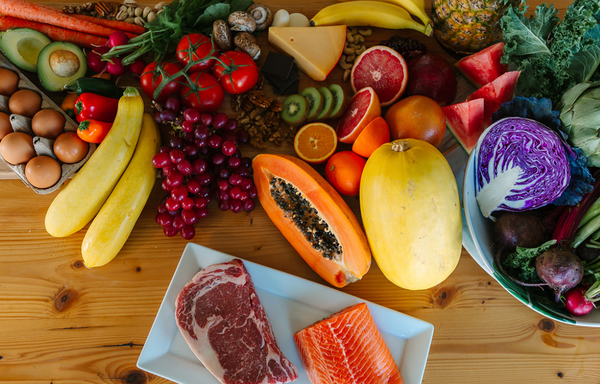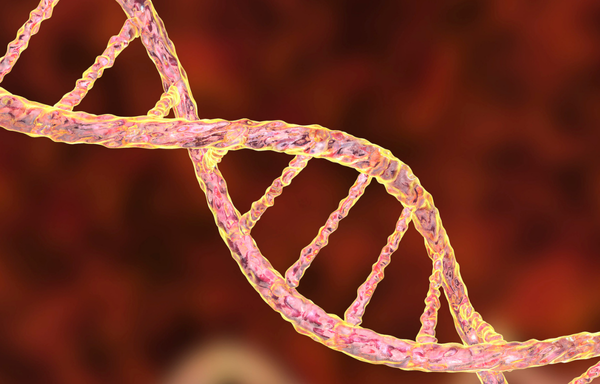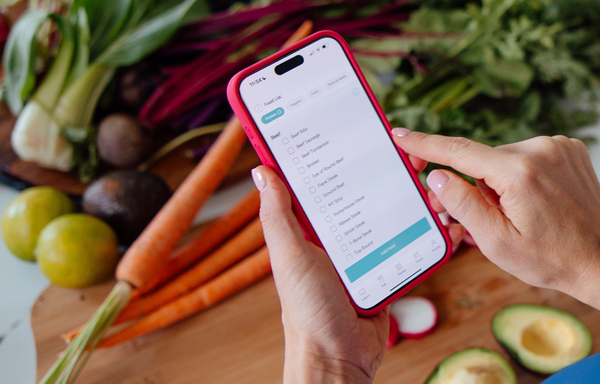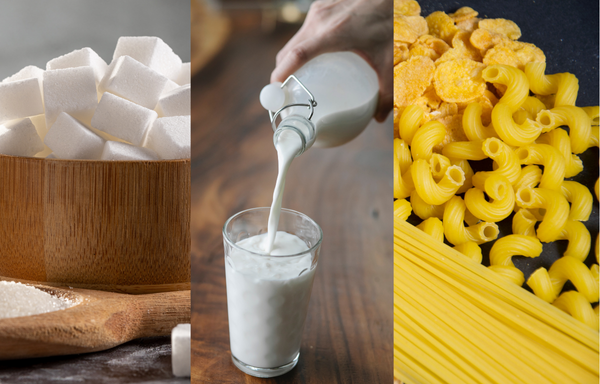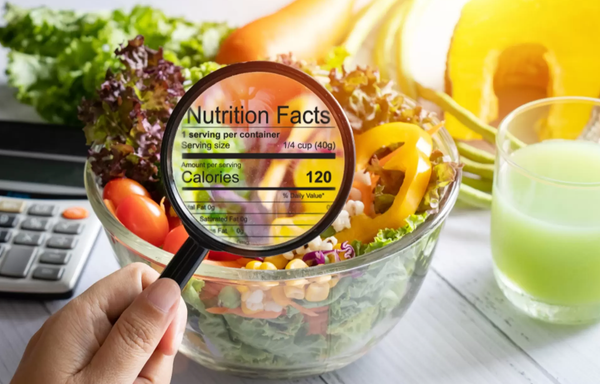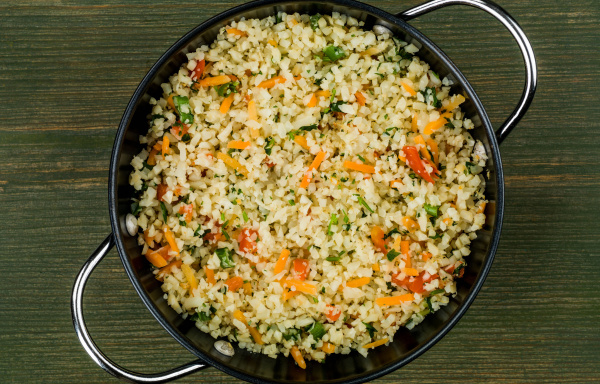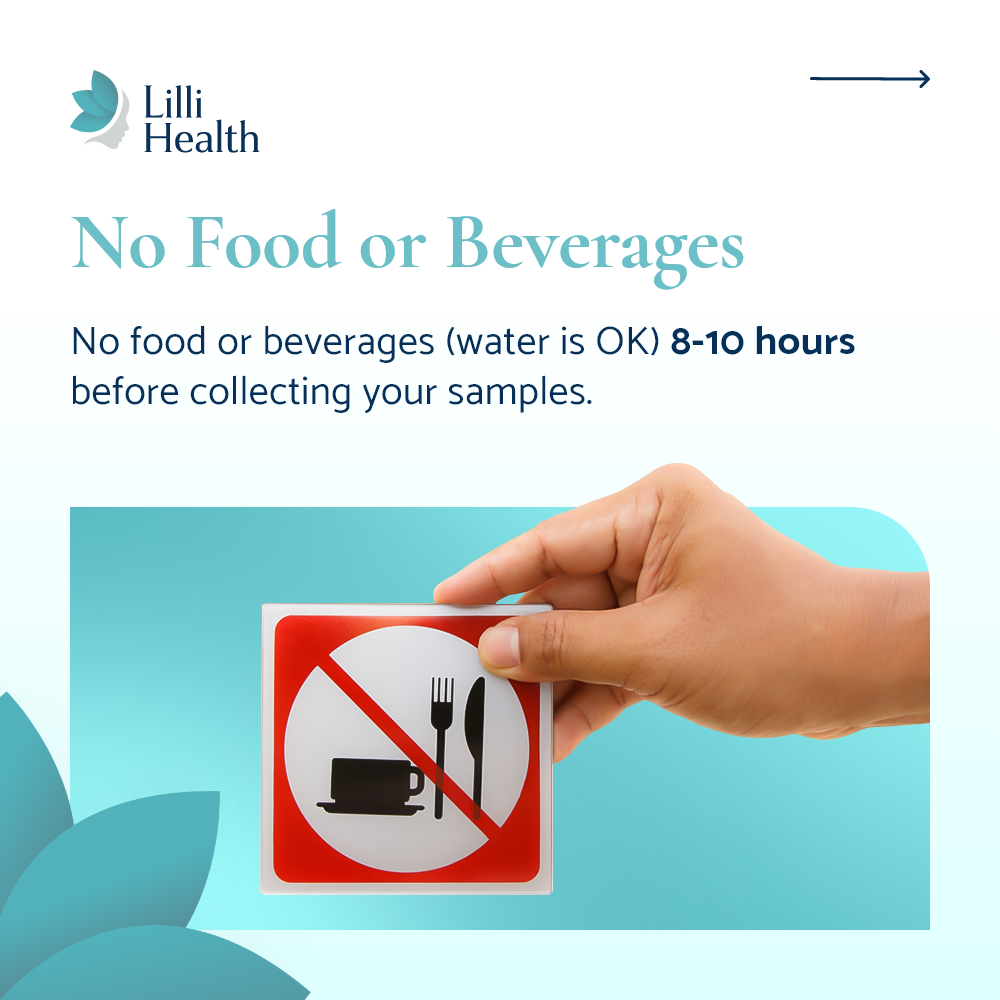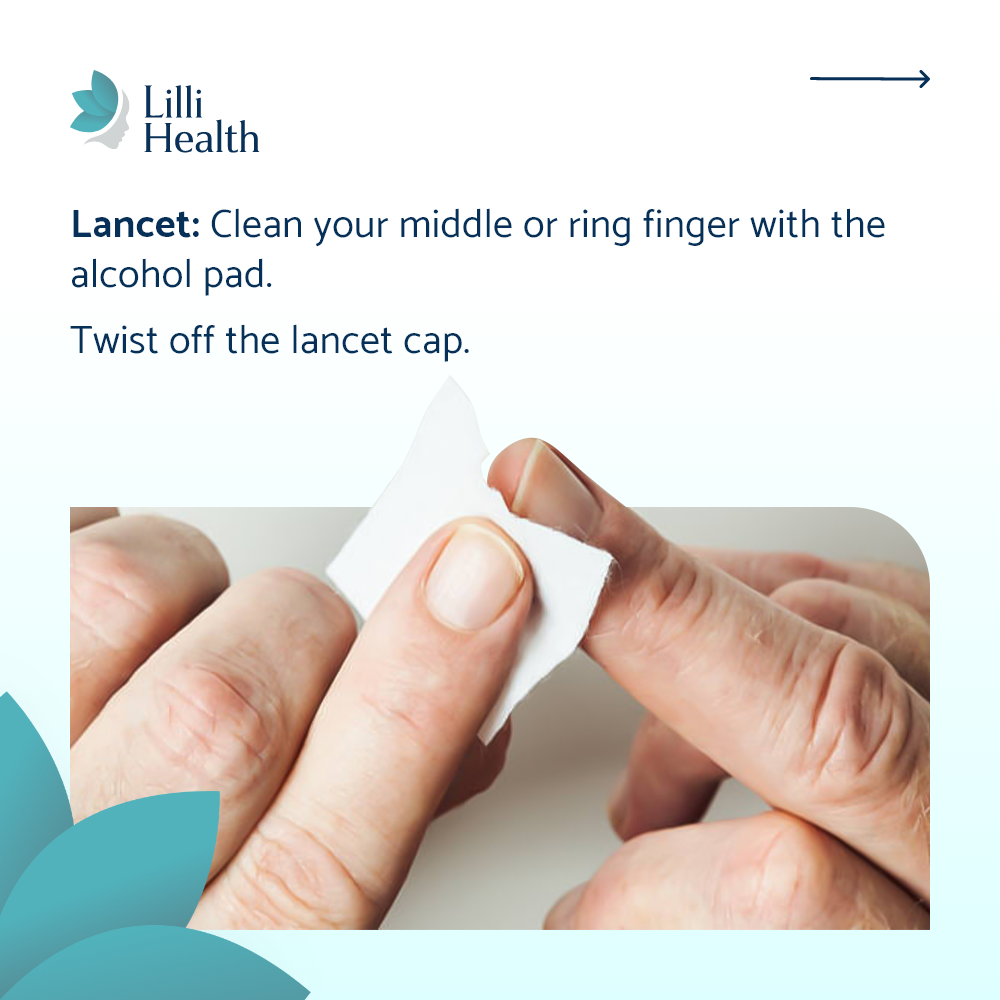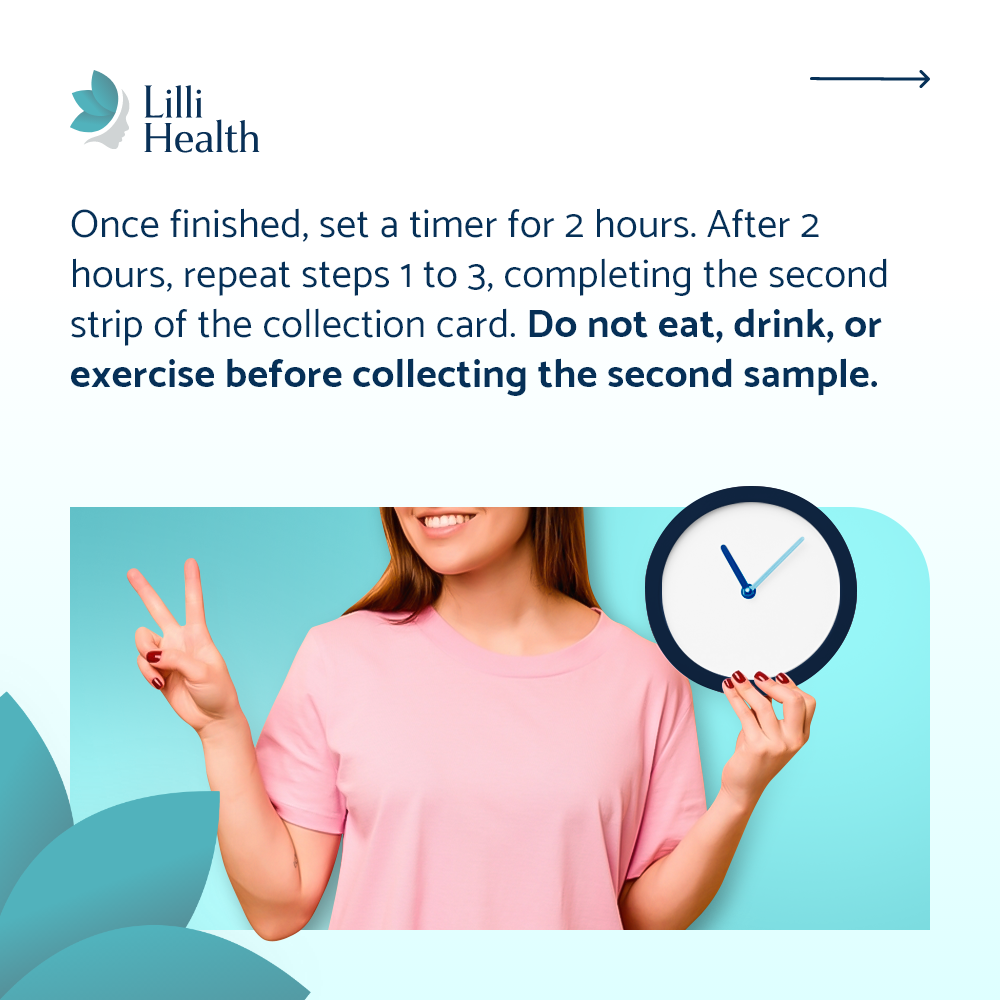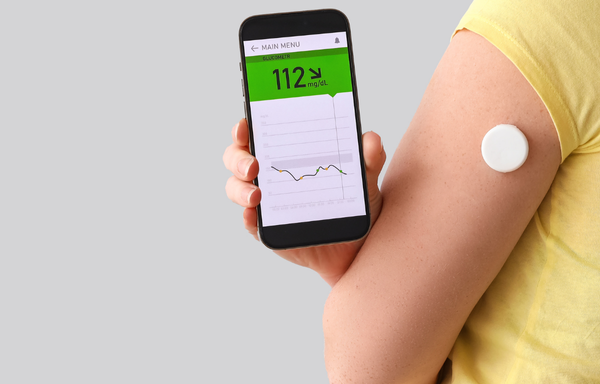

What Your CGM Will (and Won’t) Tell You About Your Metabolic Health
Continuous Glucose Monitors (CGMs) have exploded in popularity lately. You’ve probably seen influencers slapping one on their arm, posting screenshots of their “perfectly flat glucose line,” and claiming metabolic mastery because their curve didn’t spike after eating a potato covered in cheese and butter.
But let’s pause for a reality check.
Because while CGMs can be an amazing tool for insight, they’re only telling a small part of the story—and in some cases, they’re giving people a false sense of metabolic security.
So let’s break down what your CGM can tell you, what it can’t, and why that pretty little glucose curve doesn’t always mean your metabolism is as happy as it looks.
✅ What Your CGM Does Tell You
A CGM measures your glucose levels throughout the day. That gives you a continuous picture of:
- Glucose spikes after meals
- How quickly your glucose rises and falls
- How stable your glucose is overnight and between meals
- Whether you’re having blood glucose crashes (reactive hypoglycemia)
- How exercise, sleep, and stress affect your glucose
These are super helpful insights—especially if you’re prediabetic, diabetic, or trying to understand why you crash after certain meals. But see where I didn’t mention insulin? Because it doesn’t measure insulin, it only measures glucose.
❌ What Your CGM Doesn’t Tell You
Here’s the kicker: your CGM doesn’t tell you anything about your insulin.
And insulin is the real master of metabolic health.
You can have a perfectly “flat” CGM glucose curve and still have complete metabolic chaos happening behind the scenes—because your body could be pumping out tons of insulin to keep that glucose looking pretty.
So while your CGM graph might earn you a high five on Instagram, your pancreas might be quietly panicking.
🚨 Myth-Busting Social Media Hacks
Let’s talk about a few CGM-friendly “hacks” that look good on paper—but aren’t helping you metabolically:
1. Fat + Starch or Sugar = Insulin Bomb (Not a Hack)
You’ve probably heard that adding fat to carbs “flattens the glucose curve.” That’s technically true—but only because insulin spiked harder and faster to keep glucose down.
Sure, fat slows gastric emptying, so the glucose enters the bloodstream more slowly—but when combined with starch or sugar, the insulin response can be even more exaggerated.
2. Protein + Starch or Sugar = Delayed (Not Denied) Spike
Pairing protein with carbs slows digestion, which delays the glucose spike. But the glucose still enters the bloodstream—and so does the insulin.
The problem? Now you’ve stretched that insulin response over several hours.
Instead of glucose and insulin rising and falling cleanly within 2 hours, you’ve created a slow, prolonged elevation—the exact thing we’re trying to avoid.
What you want: a short, controlled insulin spike that returns to baseline within 2 hours, which is what happens when you eat primarily nonstarchy vegetables and whole fruits, whole proteins, and healthy fats.
What you get with protein + starch or sugar: glucose and insulin lingering in your system much longer than they should.
So What Should You Do?
It’s time to stop trying to “hack” the CGM output graph—and start actually supporting your metabolism.
Do: Protein + Fat + Produce
This combo fuels you without overstimulating insulin. Think eggs, avocado, and apples. Salmon, citrus, and sautéed greens. Chicken, cherries, and Chinese cabbage.
Don’t: Starch + Sugar
Even the “healthy” ones. Brown rice, sweet potatoes, quinoa, corn, fruit juice—they’re all going to spike insulin, even if the CGM doesn’t show a big glucose peak (especially if you paired it with fat or protein).
What Does the Research Say?
Sadly, for decades, the primary goal in managing blood sugar was simple: increase insulin secretion. As long as glucose looked good on paper, no one asked what it took to get there.
But we now know better. Now we know that frequent insulin spikes don’t “fix” metabolic dysfunction—they drive it. Over time, repeated insulin surges lead to downregulated insulin receptors, meaning your cells stop responding to insulin properly. The result? Your body pumps out even more insulin to compensate, and the cycle continues.
This is exactly how insulin resistance begins—and progresses.
Yet despite this, plenty of articles and influencers still push the idea that “adding fat and protein to starch” is a great strategy because it flattens the glucose spike. And yes—it might make your CGM graph look prettier. It might seem like better glucose “management.” But here’s the truth: it often results in an even bigger insulin response.
So don’t let the flat curve fool you. And don’t let outdated nutrition advice confuse you.
The goal is not to just manipulate glucose.
The goal is improve metabolic health—and that means lowering insulin, not ramping it up.
💡 The Bottom Line
Your CGM is a helpful tool—but it’s not the full picture. It’s not even half the picture.
It shows you glucose. That’s it. It tells you nothing about insulin and the metabolic mayhem happening in the background.
So if you’re celebrating a perfectly beautiful graph after a high-fat, high-carb snack, ask yourself: What did my pancreas have to do to make that line look pretty?
Don’t be fooled by your GGM, or by influencers for that matter. Be focused on metabolic calm. The goal isn’t just to control glucose—it’s to lower insulin, reduce inflammation, and build a body that runs on fat between meals, not sugar snacks and insulin spikes.
So go ahead and use your CGM—just don’t worship it. And please… stop calling cheese-stuffed breadsticks a “blood sugar hack.”
References
Nesti L, et al. Impact of Nutrient Type and Sequence on Glucose Tolerance: Physiological Insights and Therapeutic Implications. Front Endocrinol (Lausanne). 2019. Read more
Frid AH, et al. Effect of whey on blood glucose and insulin responses to composite breakfast and lunch meals in type 2 diabetic subjects. Am J Clin Nutr. 2005. Read more
Manders RJ, et al. Protein co-ingestion strongly increases postprandial insulin secretion in type 2 diabetes patients. J Med Food. 2014. Read more

